Centre for Biomolecular Interactions Bremen (CBIB)
For a complete understanding of biological system it is necessary to explain in detail the interactions of different macro molecules of the cell and the structure - function relations.
The following working groups of biochemistry, micro biology and molecular and cell biology at the University Bremen are combined as "Centre for Biomolecular Interactions in Bremen (CBIB) in teaching and research and all groups collaborate in the master program "Biochemistry and Molecular Biology" (BMB):
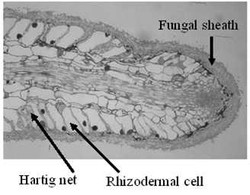
Prof. Dr. Uwe Nehls' working group
Forests are of outstanding significance for mankind. Not only are they of great economic importance (wood production), but even more they have a great share in carbon sequestration leading to substantial reduction in anthropogenic CO2 release. To guarantee an optimal activity of boreal and temperate forest ecosystems, the mutualistic interaction of tree roots with certain soil fungi (ectomycorrhiza) is a key element of forest ecosystem processes. Elucidation of ectomycorrhizal development and function is thus of major interest for understanding and modulating of tree growth and wood formation.more »
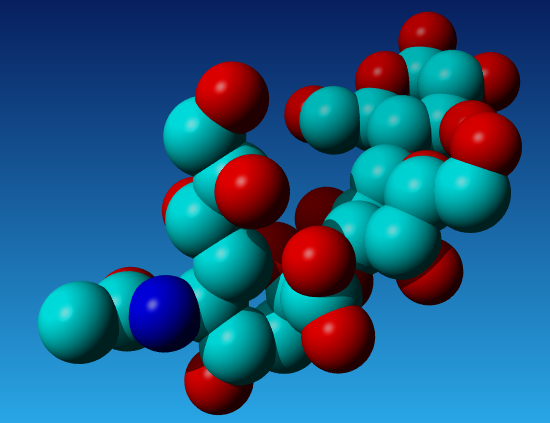
Prof. Dr. Sørge Kelm's working group
Sialic acids (Sia) are glycan components playing pivotal roles in the regulation of immune system, tumour development, and pathogen interactions with higher animals, such as viruses and parasites binding to Sia on cell surfaces to initiate infections. Important examples for proteins binding Sia are siglecs on immune cells and trans-sialidases (TS) from trypanosoma parasites causing sleeping sickness and nagana in humans and livestock, respectively. In this collaborative project, novel strategies for disease control will be developed by addressing interactions of Siglecs and TS in pathological processes. more »
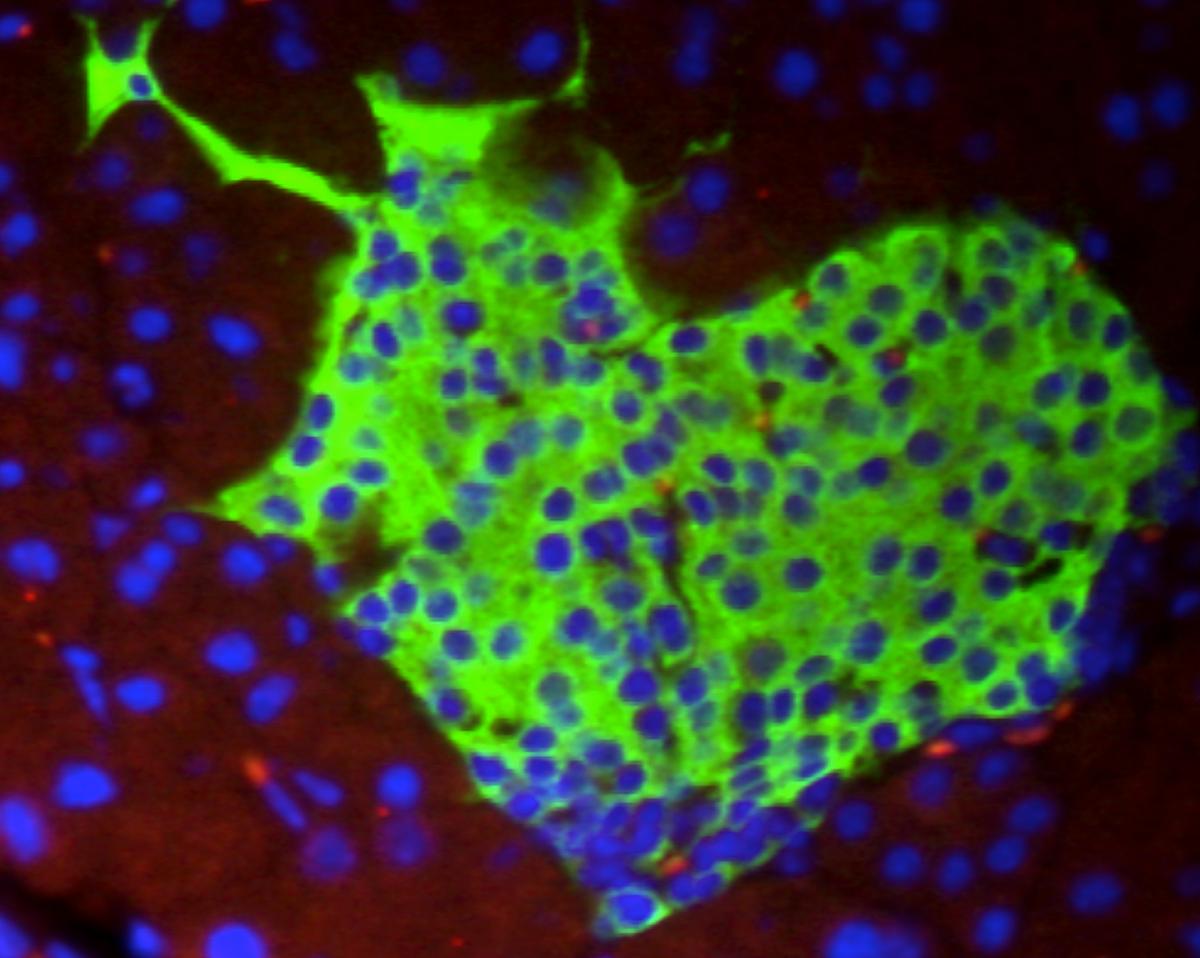
Kathrin Maedler's working group
We love islets!
The aim of our research is to restore functional beta cells and normalize glycemia and insulin secretion in disabetes. more »

Prof. Dr. Barbara Reinhold-Hurek's working group
Model system: endophytic diazotrophic bacteria (Azoarcus spp. and related genera) and Gramineae such as rice and Kallar grass:
Molecular mechanisms of plant-bacteria interactions (Functional genomics of bacteria and rice, detection and analysis of bacterial in planta gene expression, deciphering molecular cross-talk, colonization and host recognition)
Functional diversity of endophytic diazotrophs, community structure and activity in situ (cultivation-independent molecular detection of bacteria and their activities (nifH-microarray), classical isolation techniques, polyphasic taxonomy) more »

Prof. Dr. Rita Groß-Hardt's working group
Formation and specification of gametes is of paramount importance for all sexually reproducing organisms. In contrast to animals, plant gametes develop in few-celled haploid structures along with terminally differentiating accessory cells (Fig. 1). Making use of molecular, genetic and cell biological tools, our lab focuses on three research lines. more »
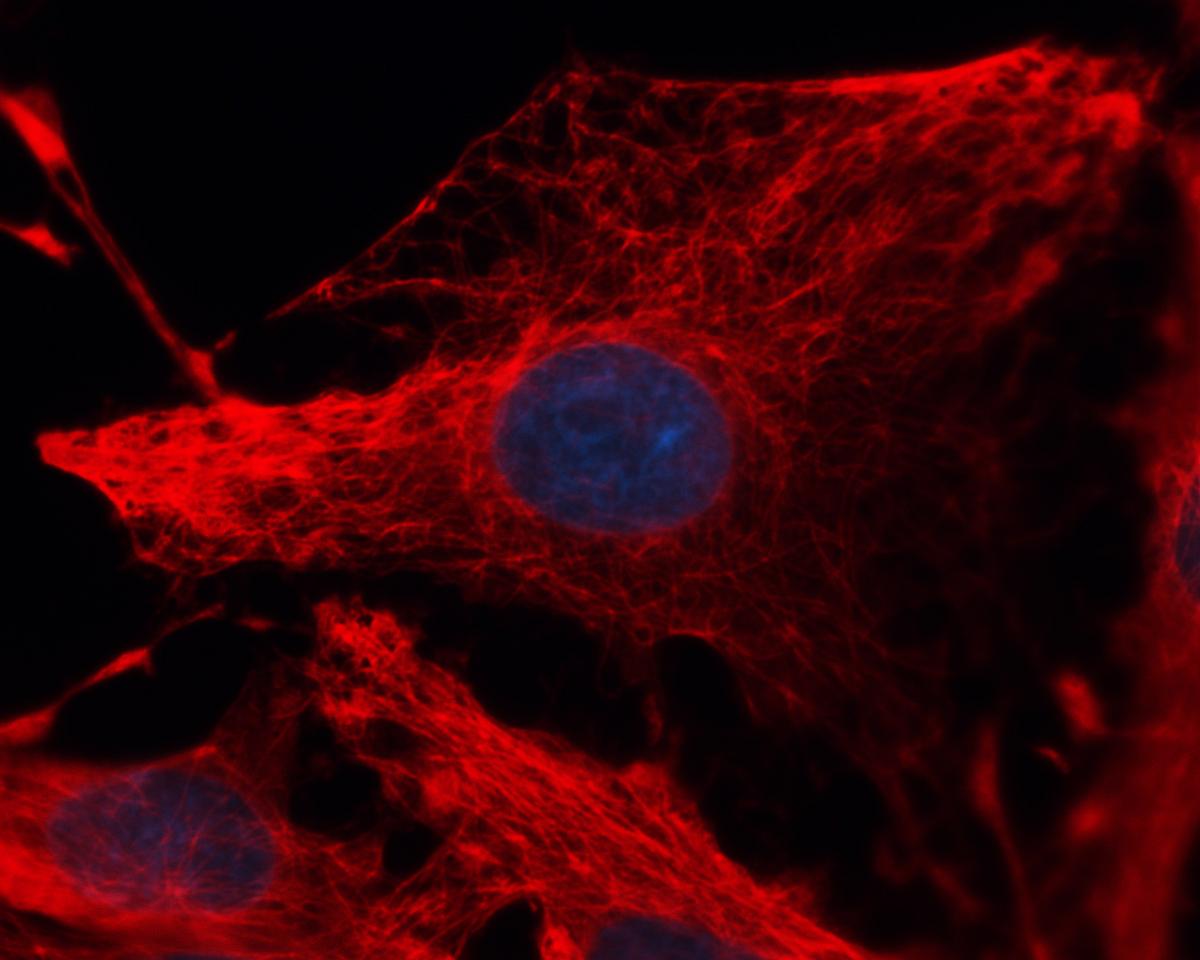
Prof. Dr. Ralf Dringen's working group
The brain is a fascinating organ. It is one of the metabollically most active organs of the human body. Although the brain contributes only up to 2% to the body mass, about 20% of the glucose and the oxygen consumed by the body are used in the human brain, mainly to support energy-requiring membrane transport processes. The brain is a complex organ that contains in addition to neurons a variety of glial cell types. Among these, astrocytes and oligodendrocytes, the so-called macroglial cells, are well known for their functions in neuronal support as well as in synapse and myelin formation. In addition, the brain contains also microglial cells in substantial numbers, the neuroprotective immunocompetent cells in the central nervous system. All types of brain cells fulfill special and essential functions in the brain. more »

Prof. Dr. Janine Kirstein's working group
The long-term health of all metazoan cells is inextricably linked to protein quality control. An imbalance in protein homeostasis (proteostasis) can result in severe molecular damage to the cell, directly leading to tissue pathology and to enhanced susceptibility to diseases not only including metabolic disease and neurodegeneration, but also cancer and immunodeficiency. Our group aims to uncover the complex mechanisms of the proteostasis network, strategies to cope with protein aggregates and its changes during development and with the progression of aging. more »

Prof. Dr. Olivia Massek's working group
We investigate the role of the neuromodulator serotonin, especially its influence on emotional behavior and psychiatric diseases, such as anxiety and depression. Our investigations range from single cells to the system level. more »
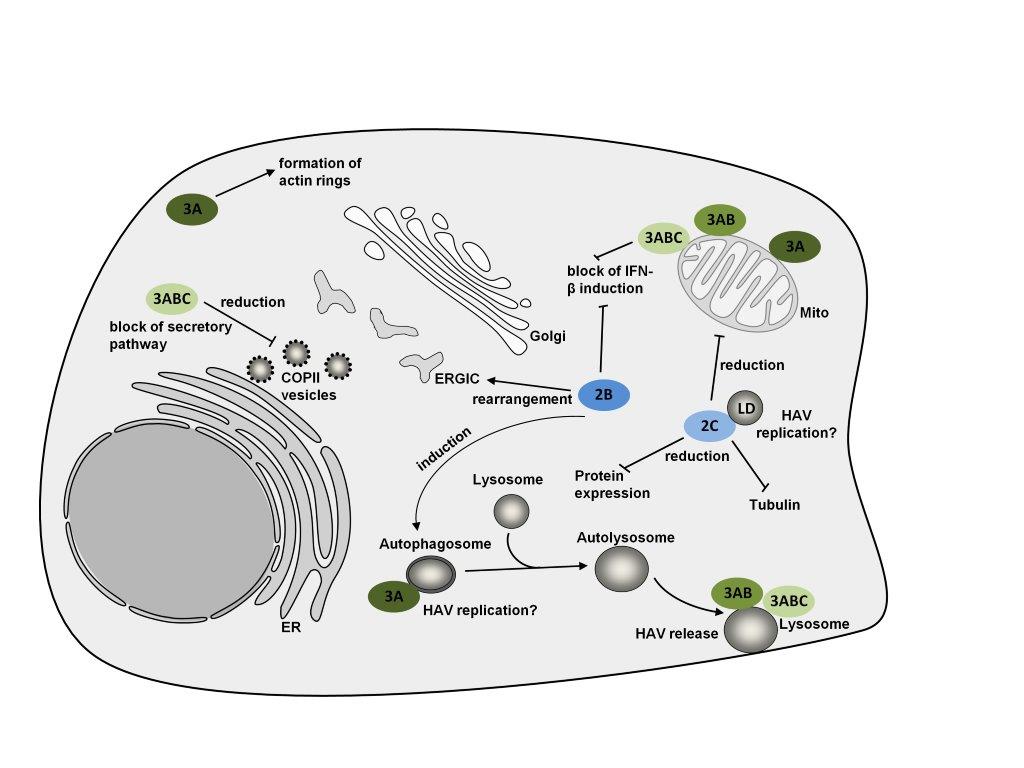
Prof. Dr. Andreas Dotzauer's working group
Viruses, which are pathogens of all terrestrial and marine organisms, can be regarded as living molecules. They are non-cellular aggregats of biomolecules that reproduce themselves for which they require the functions of living cells of a host organism. During infection of the host cells complex interactions between viral and cellular biomolecules occur, resulting in manifold interferences with the cellular metabolism and its regulation as well as with cellular structures. Simultaneously, the viral molecules have to counteract the various defense reactions of the infected host. These interactions often result in disease or even in the death of the infected host, and whole communities may be affected. The aim of our studies is to identify the causes and characteristics of viral diseases on the molecular level. The model for our studies is mainly the hepatitis A virus. more »
